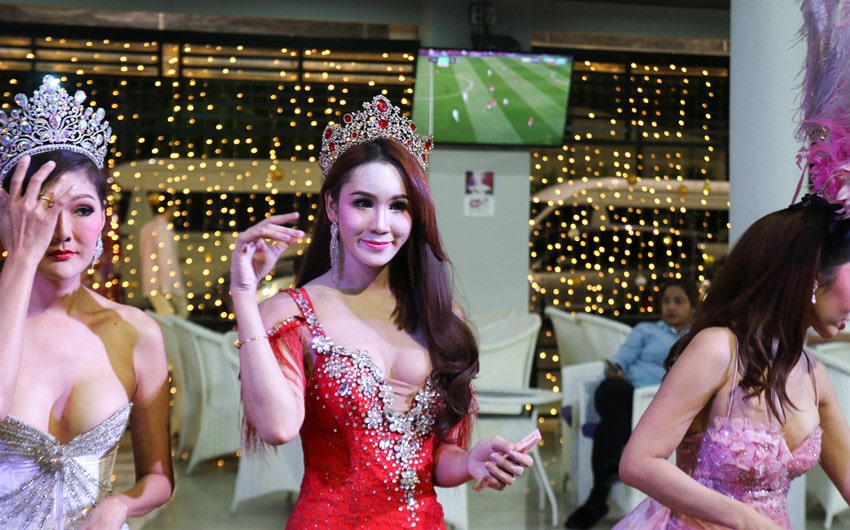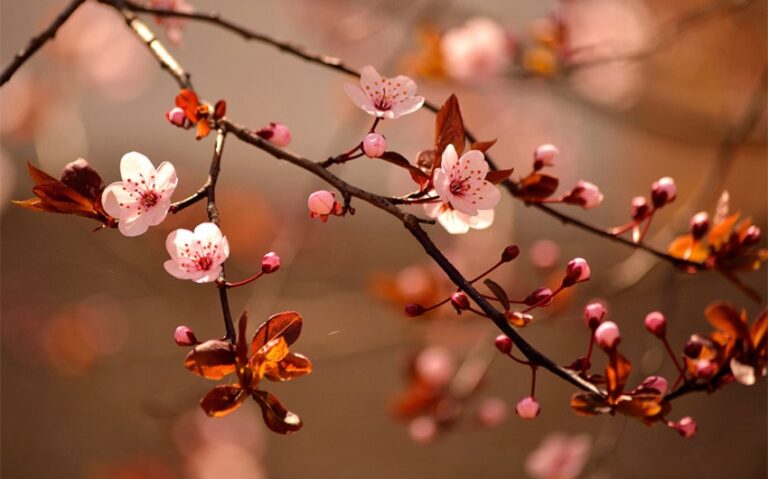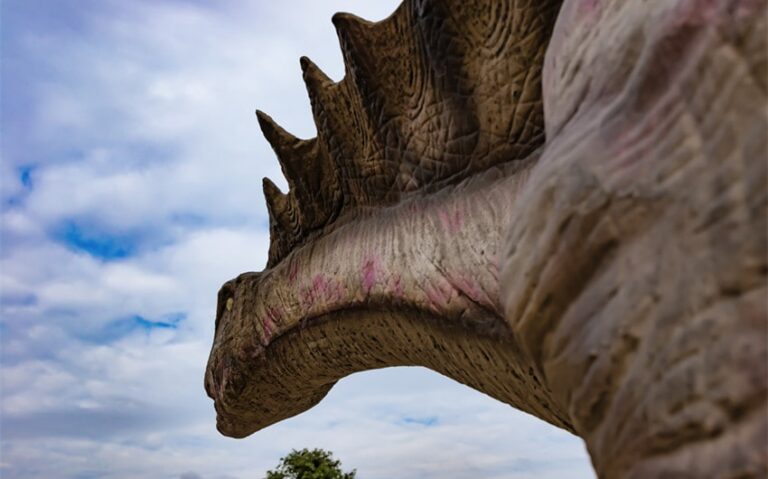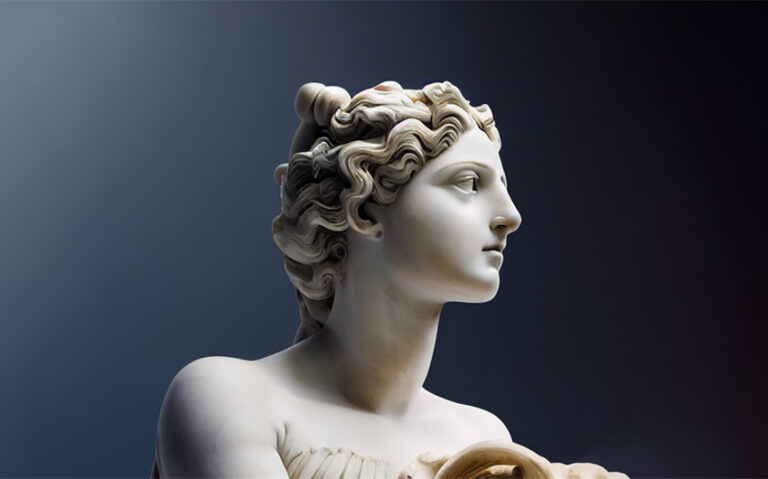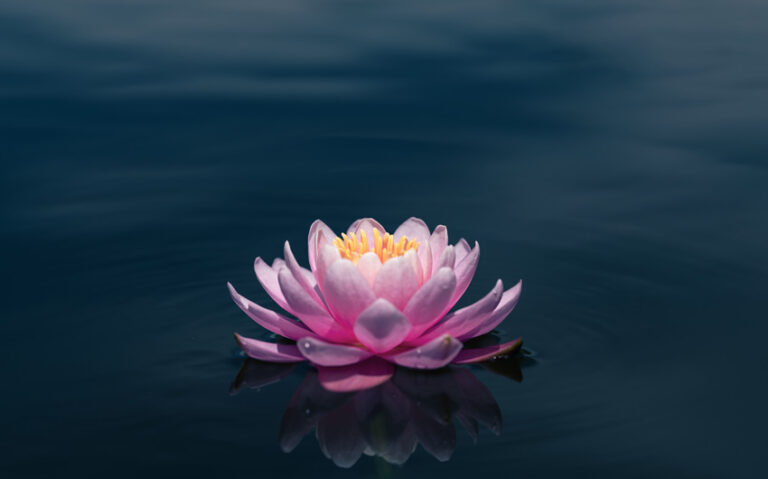Why Are There So Many Ladyboys in Thailand and What’s Behind the Culture?
On my first trip to Thailand, I noticed something that stood out immediately—gender expression seemed far more fluid and visible than what I was used to. I saw people known as “ladyboys”—feminine-presenting individuals assigned male at birth—not just performing in shows but working in salons, starring in TV commercials, and walking confidently through everyday life. In other countries, I might have seen one or two people expressing their gender this way. In Thailand, it felt almost normalized. That observation pulled at my curiosity. Why are there so many ladyboys in Thailand? And how did this kind of social visibility evolve?
First, What Does “Ladyboy” Actually Mean in Thai Culture?
Before diving deeper, I had to untangle what the word “ladyboy” even refers to. In Thailand, the native term is “kathoey”, which doesn’t translate perfectly into English. It’s often used to describe transgender women, but also includes some gender-nonconforming individuals or feminine gay men. In Thai society, “kathoey” is a broad category—more fluid than rigid Western definitions of “transgender,” “nonbinary,” or “drag.”
It’s also worth noting that the word “ladyboy” is more commonly used in English-speaking circles, often by tourists. It can be neutral or even endearing in tone, but depending on context, it can feel reductive or sensationalizing. I’ve learned that when in doubt, using “kathoey” shows a little more cultural respect.
In practice, kathoey are not seen as a “third gender” in any official legal sense in Thailand, but socially, they often occupy a distinct space. They’re visible, recognizable, and in many cases, embraced—especially in pop culture and performance. But the term carries weight, nuance, and history, which made me want to understand it beyond its surface appearance.
A Deep Cultural History of Gender Fluidity
The presence of gender-diverse individuals in Thailand isn’t a modern trend—it’s part of a long and complex history. Long before medical transitions or Western LGBTQ+ movements, Southeast Asian cultures recognized and accommodated people who didn’t fit neatly into binary gender roles. Kathoey have existed for centuries, sometimes seen as spiritually significant figures with the ability to bridge the masculine and feminine worlds.
In pre-colonial times, gender variance was often accepted within local belief systems. Some temples allowed gender-nonconforming individuals to serve in ceremonial roles. Certain regional traditions even saw kathoey as healers or mediums. Unlike many parts of the world where colonialism brought stricter moral codes around gender, Thailand—never colonized—retained more fluid indigenous ideas about identity.
That doesn’t mean it’s always been easy. Thai society still tends to favor traditional family roles and expectations. But the legacy of cultural fluidity has left a subtle but powerful mark: it carved out social space for kathoey to exist without needing to constantly justify their presence.
Thai Buddhism and the Influence of Karma on Gender Beliefs
I found one of the most fascinating explanations in the connection between Thai Buddhism and perceptions of identity. While Buddhism as a religion doesn’t explicitly encourage or condemn gender diversity, Thai interpretations of Buddhism bring in the concept of karma and reincarnation in very personal ways.
According to some Thai beliefs, being born kathoey might be understood as a result of actions from a previous life—a sort of spiritual debt or journey. This karmic framing doesn’t necessarily assign blame; instead, it offers a non-judgmental lens through which people view difference. A kathoey might be seen as someone living out their karmic path, with acceptance or sympathy rather than hostility.
That perspective does two things: it reduces the stigma attached to being different, and it removes moral panic from the conversation. It doesn’t mean that all Thais accept or understand kathoey identities deeply, but it does create a religious and philosophical context where gender variance isn’t automatically seen as immoral or wrong. That sets a very different cultural tone than in countries where religious conservatism directly condemns gender nonconformity.
Beauty, Performance, and Public Visibility
Thailand’s beauty and entertainment industries are among the most welcoming sectors for kathoey individuals. And this isn’t just behind the scenes. Transgender women and feminine-presenting individuals are stars—in cabaret shows, modeling competitions, TV dramas, and even national beauty pageants like Miss Tiffany’s Universe, a trans-specific event that draws global attention.
This visibility gives kathoey people not just representation, but also aspiration. Many grow up seeing others like them succeed in public life. And that visibility isn’t just in the glamorous corners of society—kathoey are also hairdressers, makeup artists, shop assistants, and online influencers. Their public presence makes them seem “everywhere” to visitors, but in Thailand, it’s a result of accessibility, not overrepresentation.
Even Thai cinema has embraced these characters. Some comedies and dramas feature kathoey as comic relief, yes, but also as strong, independent, and nuanced individuals. This exposure subtly shapes social acceptance. When society sees someone regularly and in multiple dimensions, it’s harder to reduce them to a joke or stereotype.
It’s Also About Medical Access and Transition Pathways
Thailand is also one of the global centers for gender-affirming surgery and hormone therapy. The country has advanced medical infrastructure, skilled surgeons, and relatively affordable prices for procedures like gender confirmation surgery. This has made Thailand a destination for transgender people from all over the world—but it’s also made such medical transitions more accessible for local kathoey.
While not every kathoey undergoes surgery—and many identify comfortably without changing their body—having that option available contributes to the visibility of transition and gender variance as normal parts of life. Hormones are also more readily available in Thailand than in many countries, sometimes even over the counter. While this raises health concerns about access without medical supervision, it also allows people to start transitioning earlier and with fewer legal or medical barriers.
The result? More people can present themselves how they want, earlier in life, and with broader social tolerance. That’s rare—and it’s part of why the kathoey population feels so vibrant and visible compared to other cultures.
But Visibility Doesn’t Always Mean Equality
As visible and integrated as kathoey are in Thai society, they still face systemic challenges. Thailand does not allow people to legally change the gender on their national ID unless they undergo full surgical transition—and even then, the bureaucracy is slow and inconsistent. This affects everything from job applications to school records to healthcare access.
There’s also job discrimination. While kathoey are welcome in certain industries like entertainment and beauty, they are often excluded from government roles, teaching jobs, and professional sectors. Many end up self-employed or underemployed—not because of lack of talent, but because of stigma.
Social support can also vary by region. In Bangkok, Chiang Mai, and Pattaya, attitudes are often more progressive. But in rural areas, kathoey may face family rejection or community pressure. Bullying in schools remains a real issue, and there’s still a lack of comprehensive protections under Thai anti-discrimination laws.
So while Thailand may seem like a haven of tolerance, it’s more accurate to say it’s a country where kathoey are allowed to be seen—but not always given equal footing.
They Seem More Common Because They Can Live Openly
This brings me back to my original question: why do there seem to be more ladyboys in Thailand than anywhere else? The answer, I think, is that visibility here doesn’t equal rarity—it equals freedom. In many countries, people who don’t conform to gender norms are forced into hiding. Fear, stigma, and safety concerns keep them silent or closeted. But in Thailand, the cultural context offers just enough room for people to live as they are.
That visibility makes it seem like there are “more” ladyboys in Thailand, but really, they’re just not hiding. What looks like a large population is more likely a reflection of a society that tolerates, and occasionally celebrates, gender difference. And that space—however imperfect—is powerful.
It gives people permission to show up in public. It creates pathways for identity exploration. It allows people to live in alignment with themselves, even if the laws aren’t fully caught up. And that’s a rare thing in this world.
Ladyboys in Thailand: More Than Just a Curiosity
It’s easy for outsiders to view ladyboys through the lens of novelty—something exotic or humorous or dramatic. But that lens flattens the truth. These are people living full, complex lives, shaped by culture, spirituality, biology, and choice. They’re not just performers or headlines. They’re daughters, partners, professionals, and sometimes, quiet revolutionaries.
Thailand is far from perfect. But it offers a glimpse into what happens when a society gives space—just enough space—for people to be themselves. And in that space, a whole spectrum of identity can flourish. That, I think, is what makes Thailand feel so different. It’s not that the people are rare. It’s that the culture gives them room to be visible.
